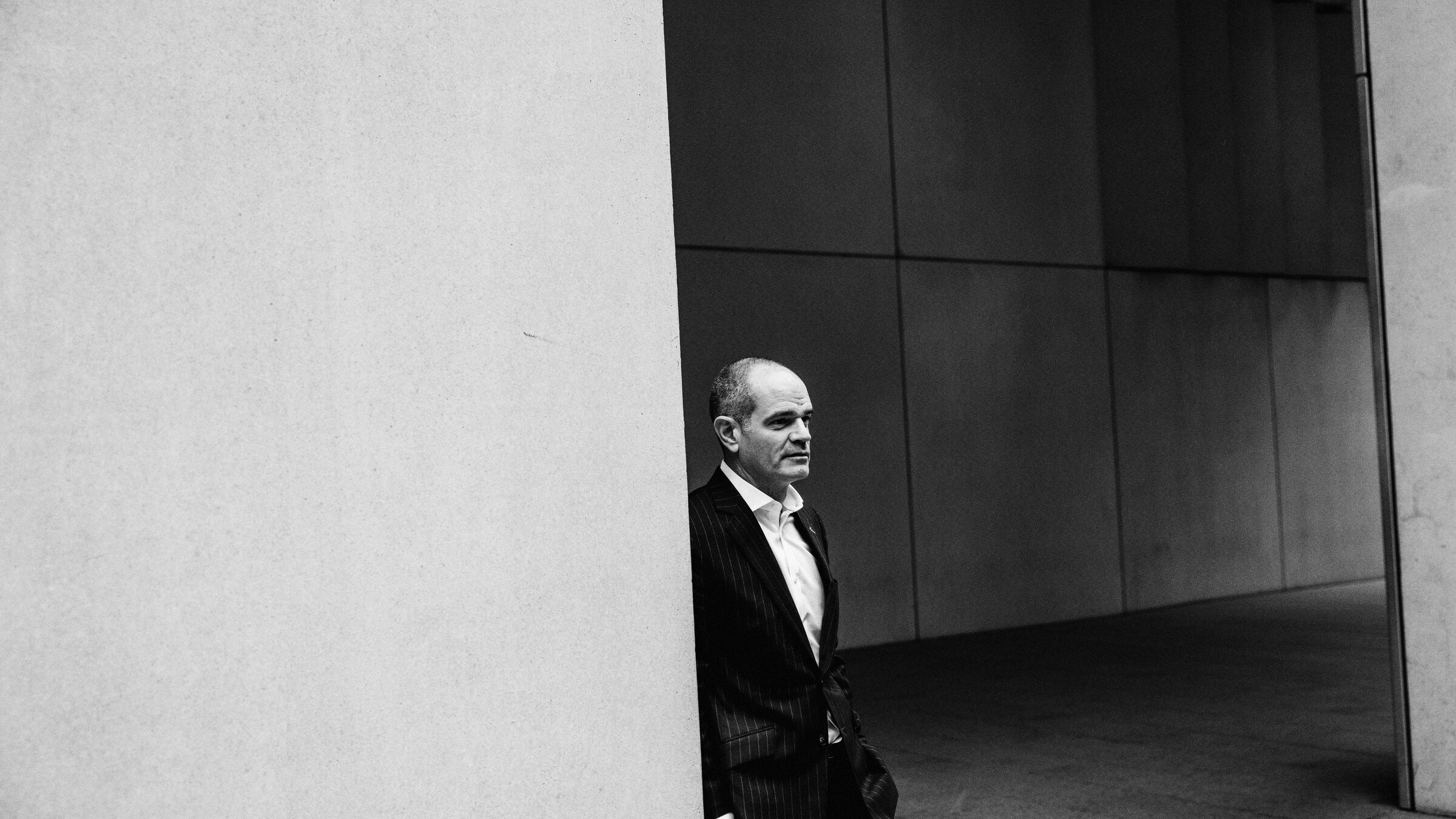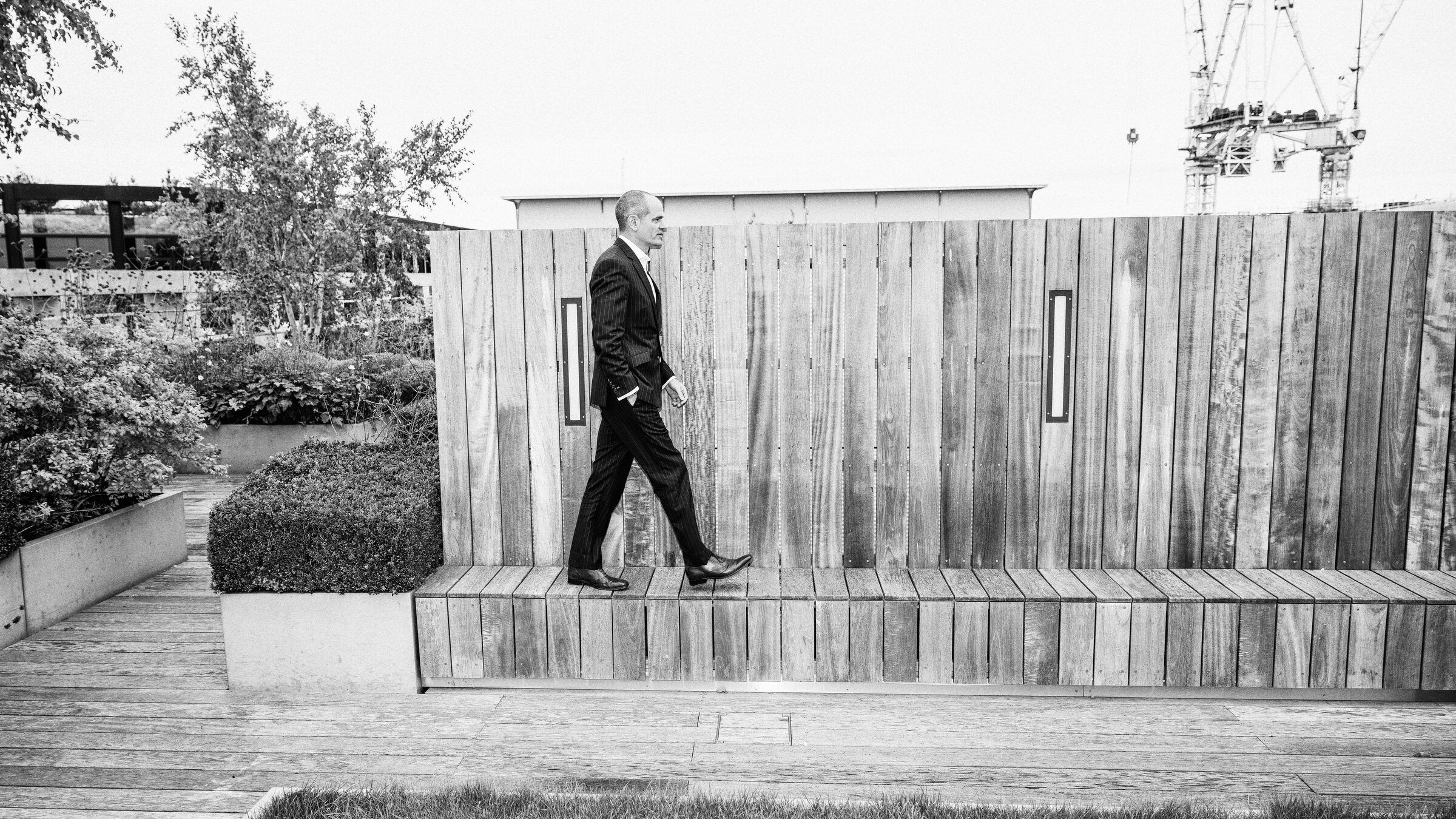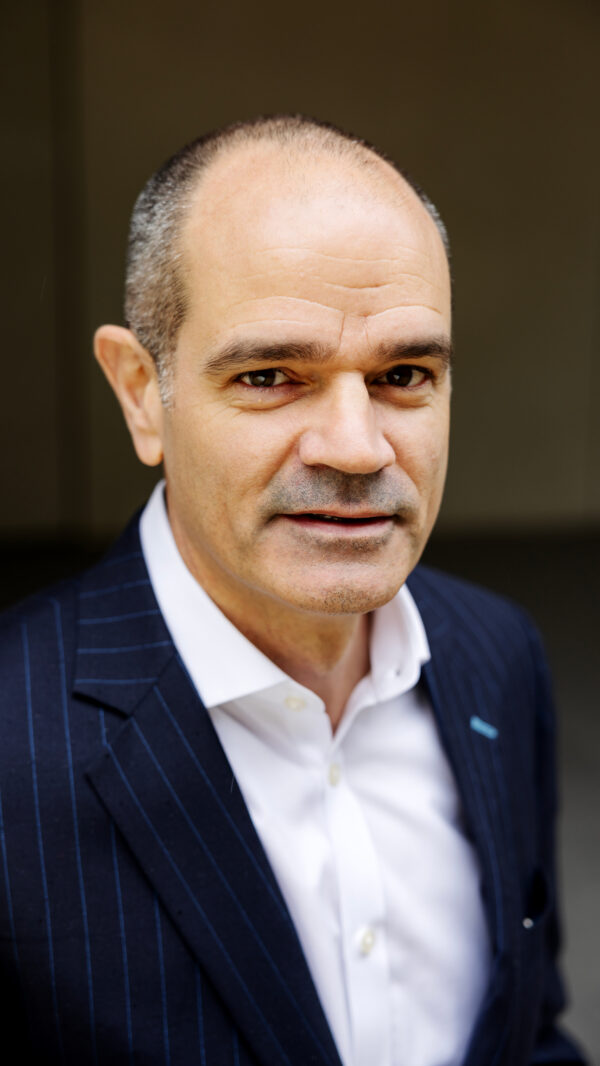
Accelerating Defence's digital
transformation
Mike joined the army in 1997. Back then digital transformation was still over the horizon, but there was plenty of metallic complexity.
»In a normal helicopter, you sit side by side. You can see each other and gauge each other’s stress. In an Apache helicopter, you sit in separate cockpits, front and back. The teamwork is philosophically and physically demanding«.
On the nose of the Apache is an infrared camera, the image of which is projected into the pilot’s right eye. No matter where the pilot looks, the image moves with him.
»Yet the camera is six feet in front of you, and three feet below you. You also have to merge the night vision sight of the left and right eyes, which is mentally taxing«.
»In an Apache helicopter, you sit in separate cockpits, front and back. The teamwork is philosophically and physically demanding«
Mike Neville, Manager in Netcompany
The Apache course itself was split into two sessions of 9 months.
»For the first 9 months, I was in a simulator at 6 o clock in the morning, then studying for a few hours, then another simulator sortie. And the next day we would put it into practice in a real aircraft. Once I stepped into the cockpit of a real helicopter, every second counted«.
After the initial 9 months of learning to fly the Apache, Mike went through 9 months of weapons training before being sent on deployments to both Afghanistan and Libya.
»We were shot at on every mission«, Mike recalls of his experience in Libya.
Mike did his last job in the army in 2016. Along the way, he witnessed evolution in the world of atoms as well as the world of bits.


A helicopter view of the Defence landscape
»When I joined my first regiment in 2000, computers were a rare sight. Later, we got one terminal per four people. By the time I left, everybody had a networked terminal, and a laptop«.
Today, the need for sophisticated software and digital adoption has not diminished.
Huge amounts of data are produced by all interlocking domains of Defence. Big-ticket hardware such as aircraft carriers, submarine projects, fast jets, new regiments and formations, sensors, drones, satellites, and Apache helicopters all produce and consume vast amounts of data. That data needs to be transmitted to a qualified person who can turn it into an actionable insight.
»When I flew the Apache, I would spot a target, identify it, and decide whether to shoot it. Today, digital advances have changed the operation. An Apache pilot can live stream data to any platform and control a drone several kilometres ahead to see what’s out there. Somebody, somewhere, receives all this data to help the pilot make the best decision«.
In Mike’s turn of phrase, actions in Defence must happen at »the speed of relevance«, interconnecting the domains of air, sea, land, space, cyber, and electromagnetic.
That interconnected speed is software-enabled – something Defence cannot build on its own.

Helping MoD transition to cloud
»Defence has always been good at knowing what it needs and how to articulate it but has not always had all the digital skills«, Mike says.
The shift towards a technological reality of not just tanks and bullets, but also bits and bytes, has also necessitated a greater need for Defence to make use of external suppliers.
»In the past, Defence tried to do a lot of things on its own. Today, the number of non-military folks in Defence is a lot higher than it was when I joined, and it is approaching an optimum mix of talent – uniform military, civil servants, and suppliers«.
»Customers within Defence are realising that MODCloud really works, that their data is secure, supported, and with zero downtime«
Mike Neville, Manager in Netcompany
That’s why, in 2020, Mike joined Netcompany to help accelerate Defence’s digital adoption. In 2021, he helped Netcompany migrate an initial 47 applications from legacy platforms to a superior cloud solution called MODCloud, with additional applications later – a task completed to the quality required and on budget, a month earlier than scheduled.
»Customers within Defence are realising that MODCloud really works, that their data is secure, supported, and with zero downtime«, Mike says.
»They also realise that Netcompany has a particular way of working with our customers. We collaborate directly with them to discover the right business outcomes, and we own the entire process. And Defence gets the best result – a technology-enabled business outcome«, Mike says.

As for what’s next for Defence and high-tech digital adoption in Europe, Mike is sure of one thing: there will be much more of it.
»When I look at the conflict in Europe it is clear that state actors threatening our peace have spent time developing their digital technology capabilities. There is a range of new adapted capabilities from very low and simple tech such as single-use drone swarms to very high-tech use of data across the domains.«
»Defence ministries across Europe, and our allies, are seeking the digital advantage both in response and to keep ahead of the threat – and it is our place to continue collaboration with them. That optimum mix of talent and skills I mentioned… We are ready to keep that going.«
Would you like to know more?
